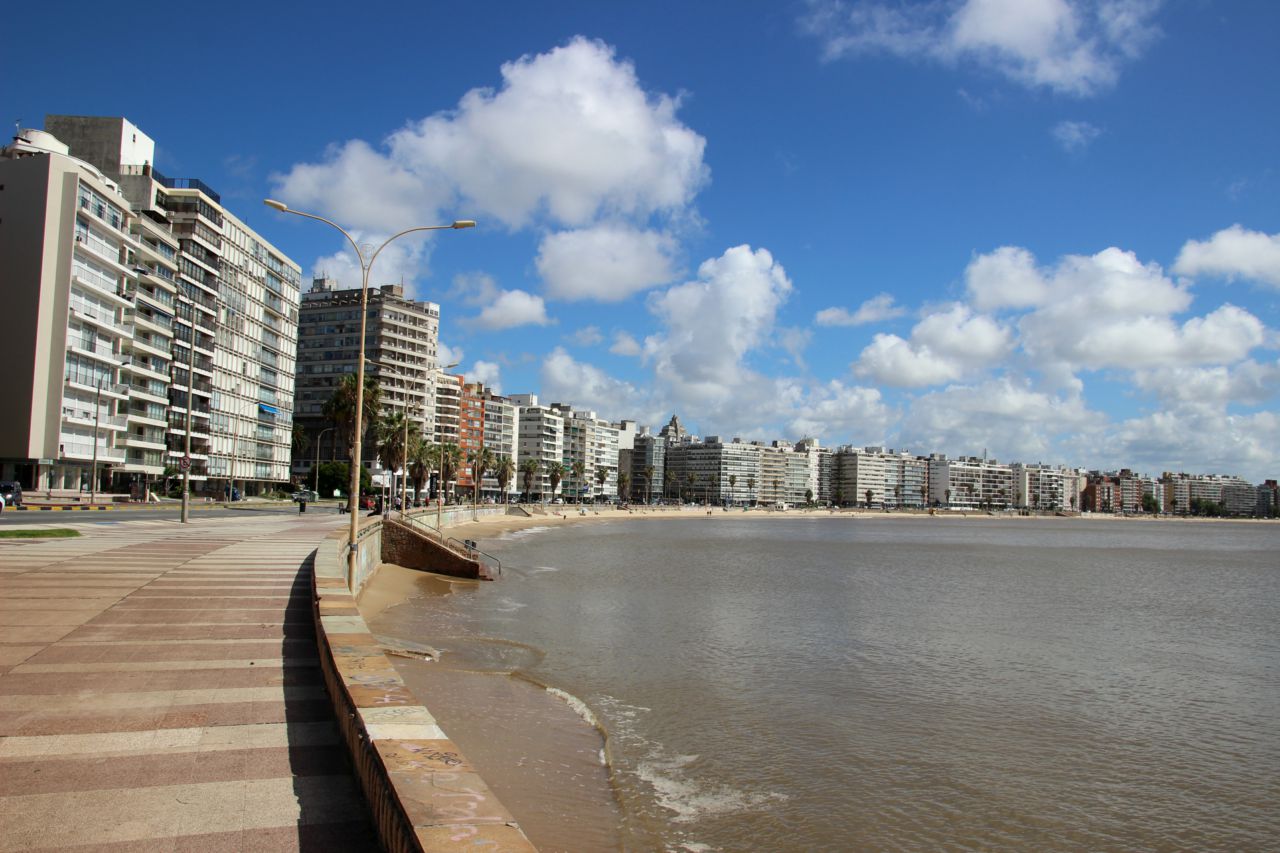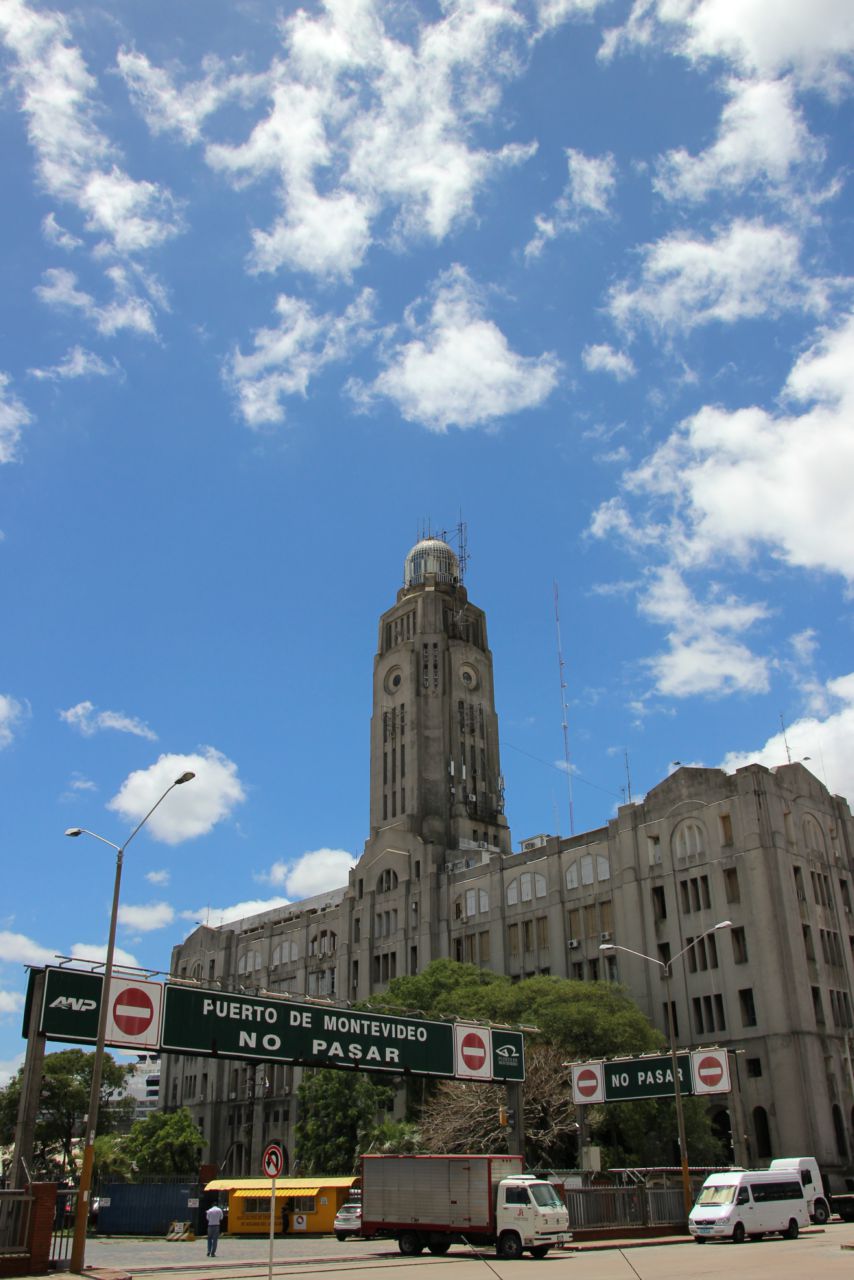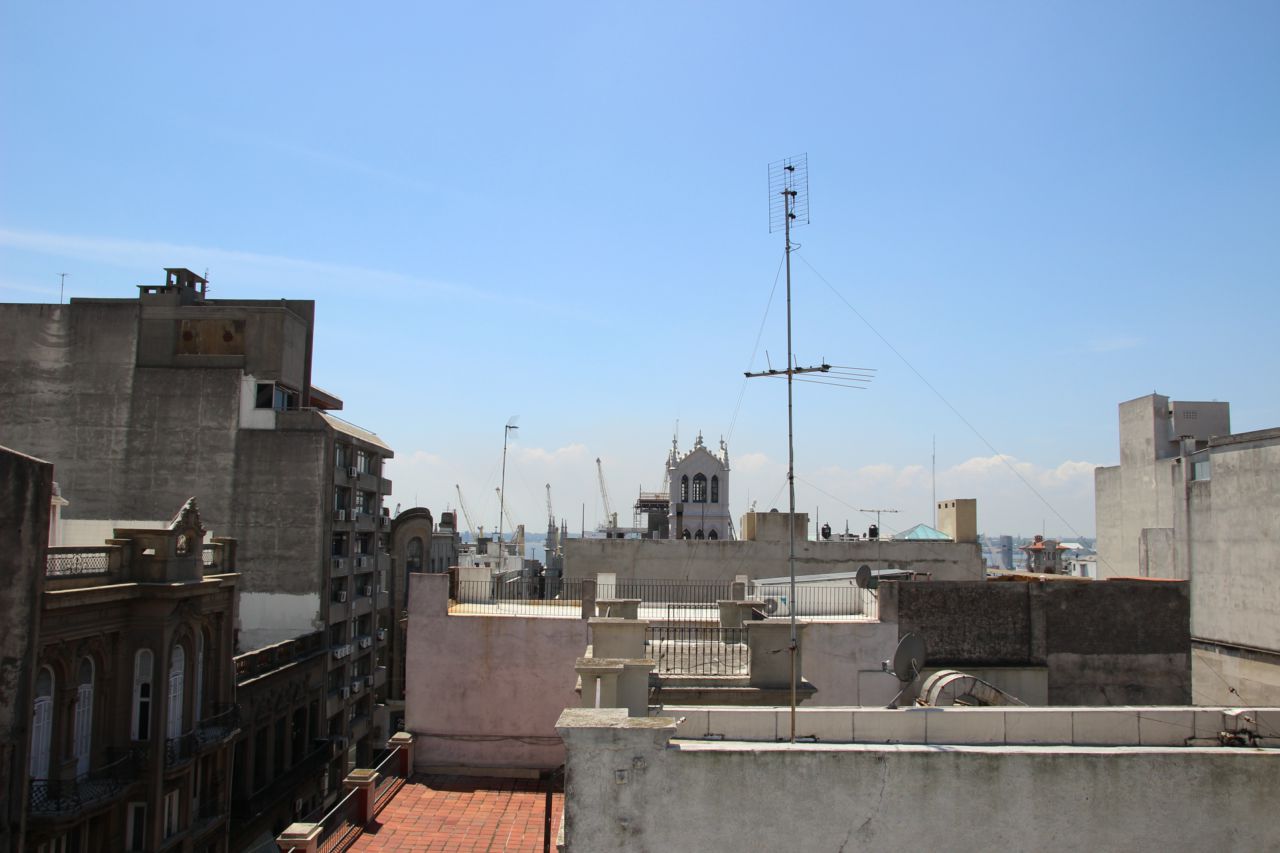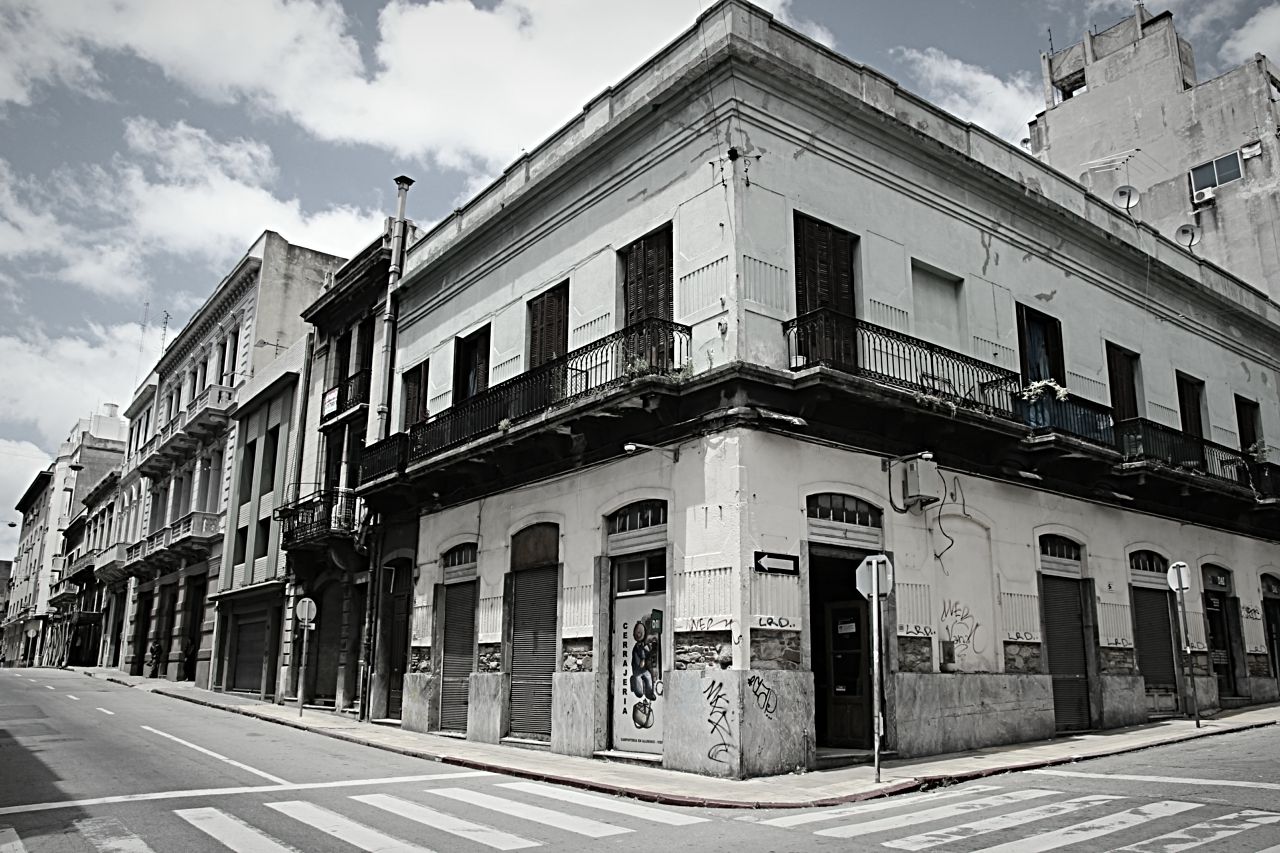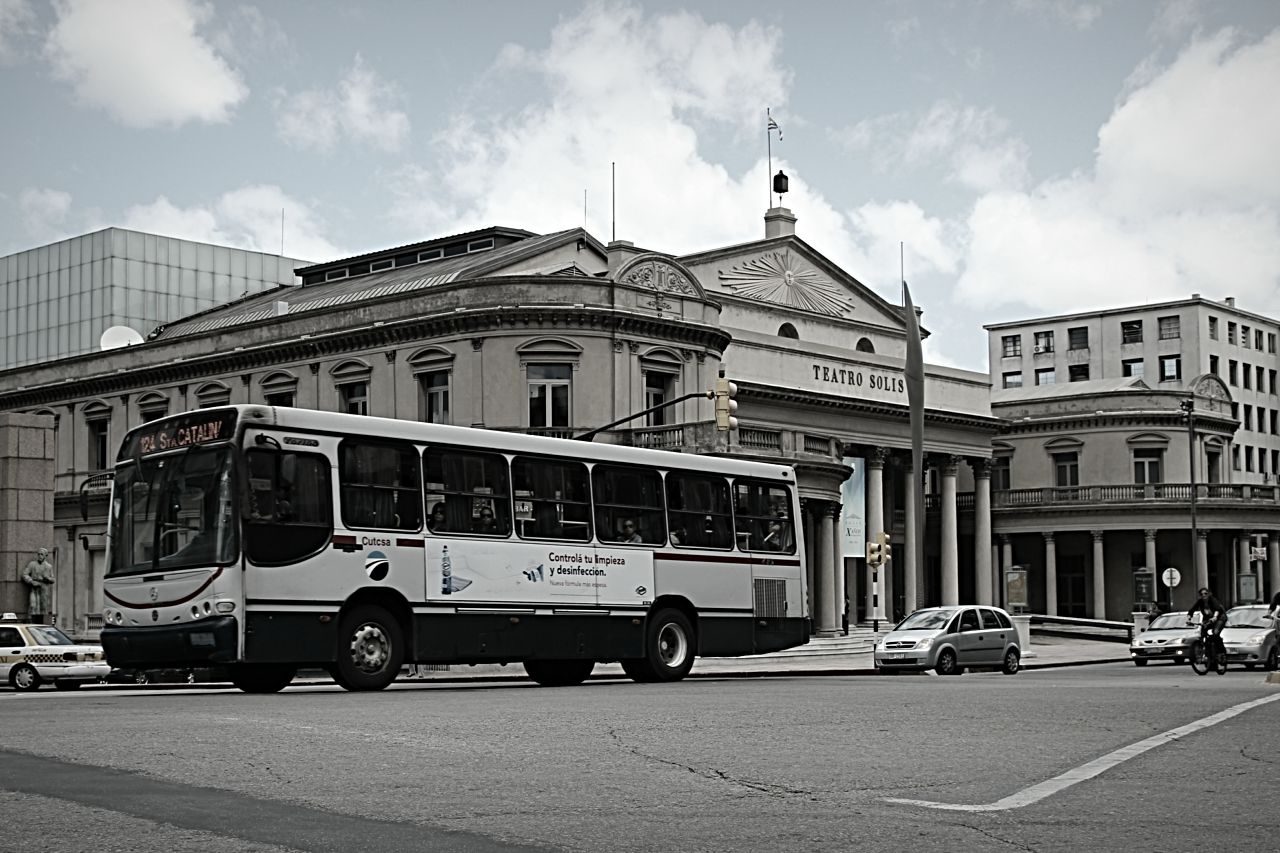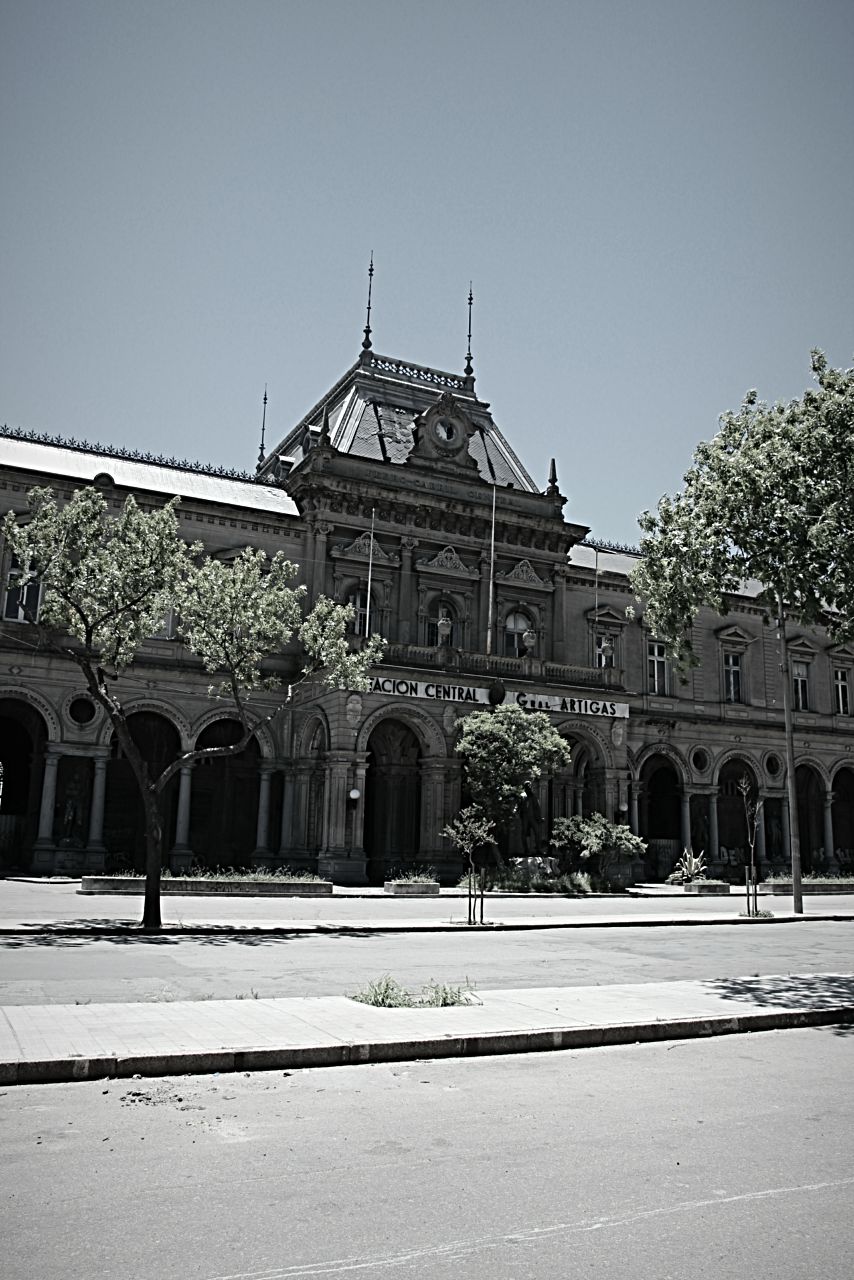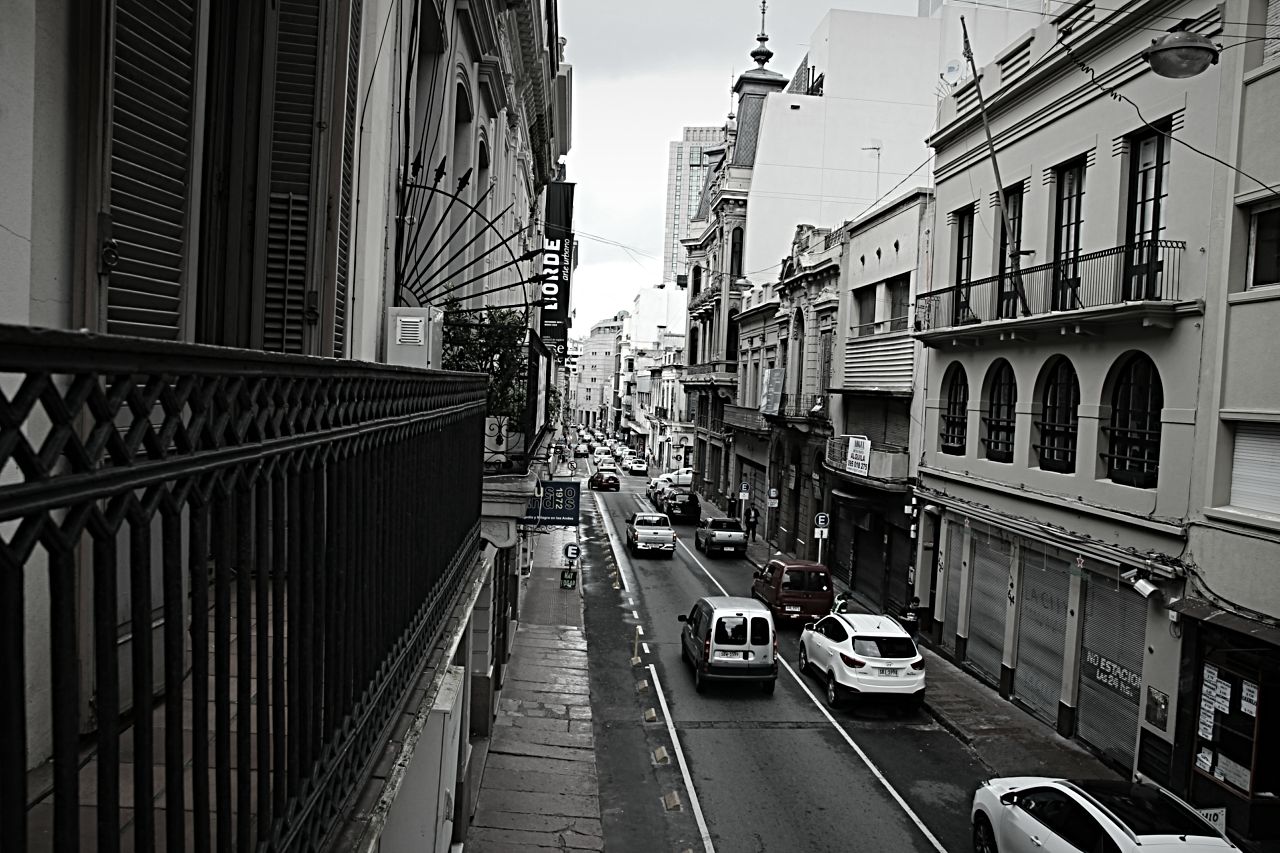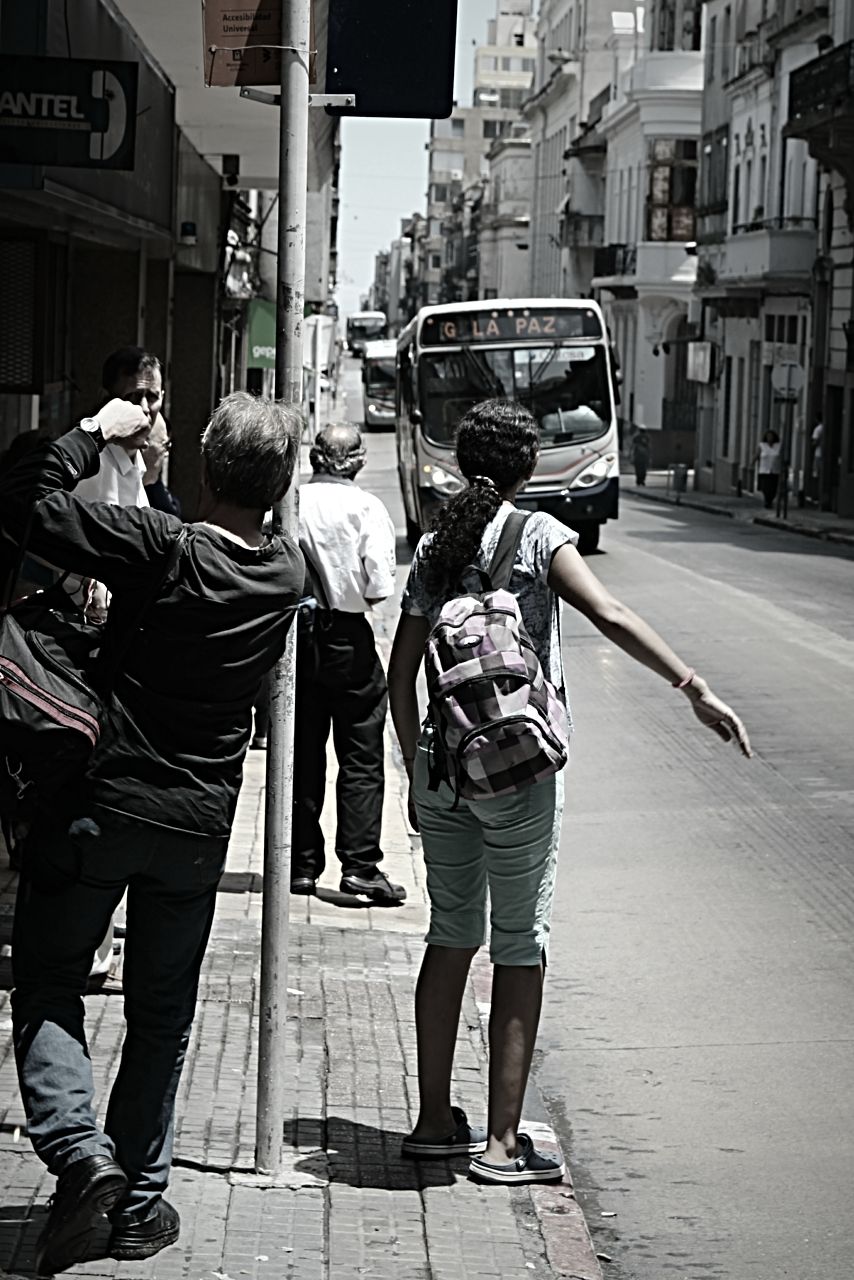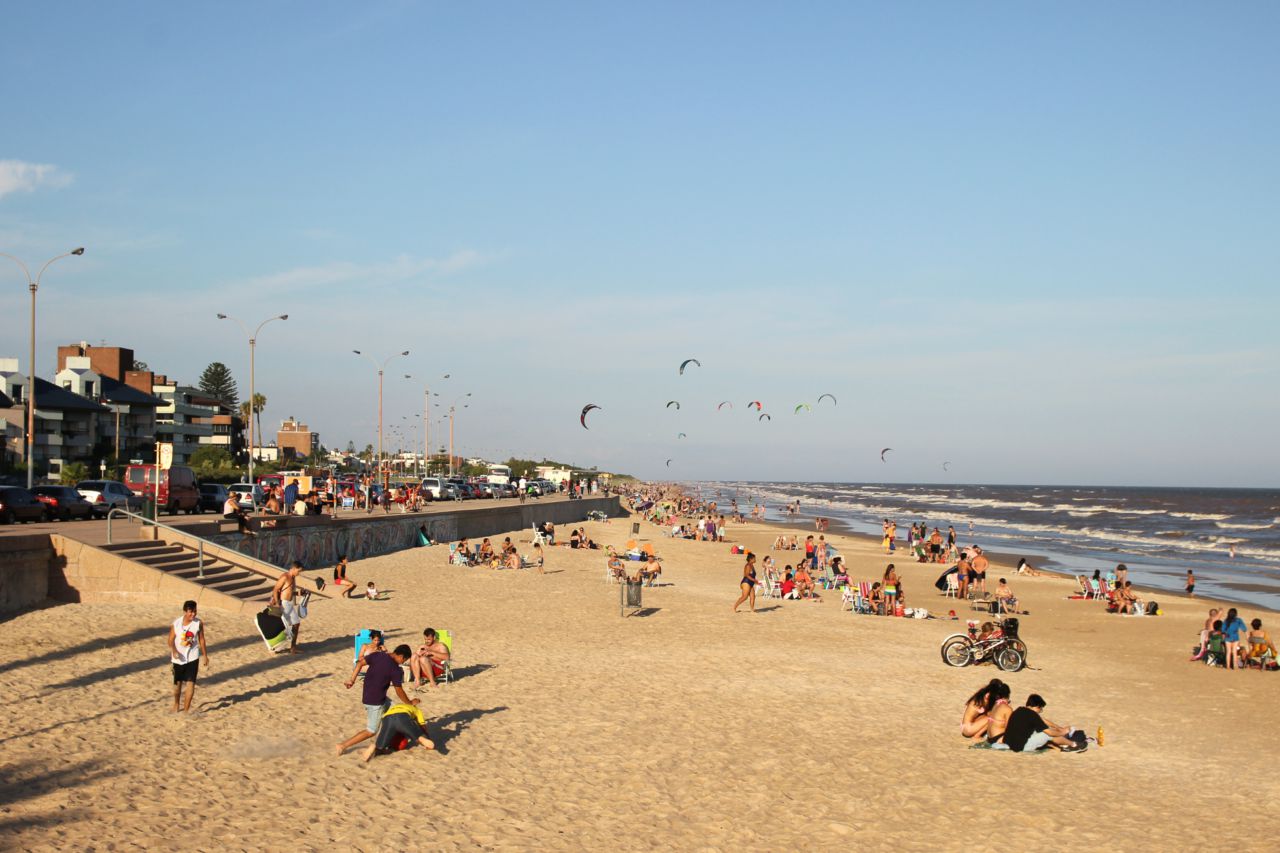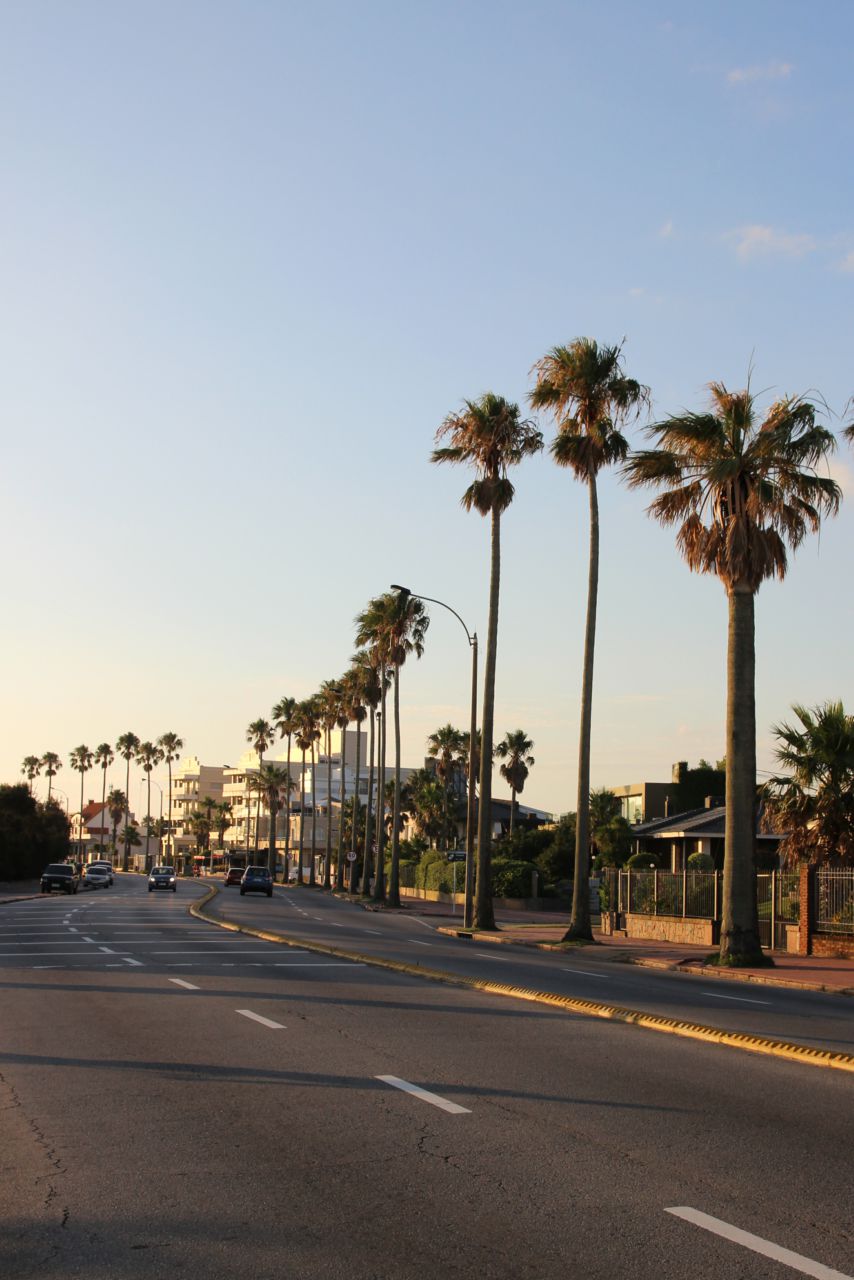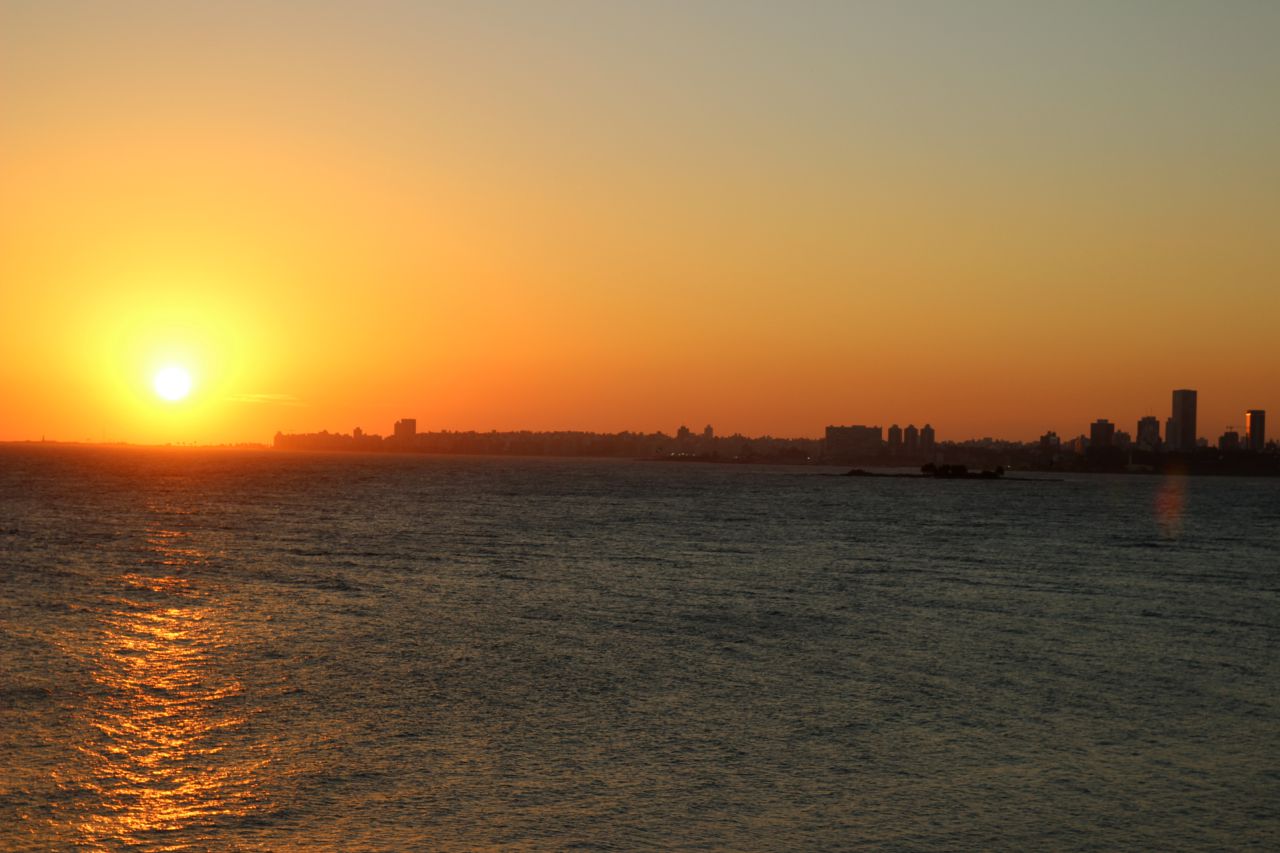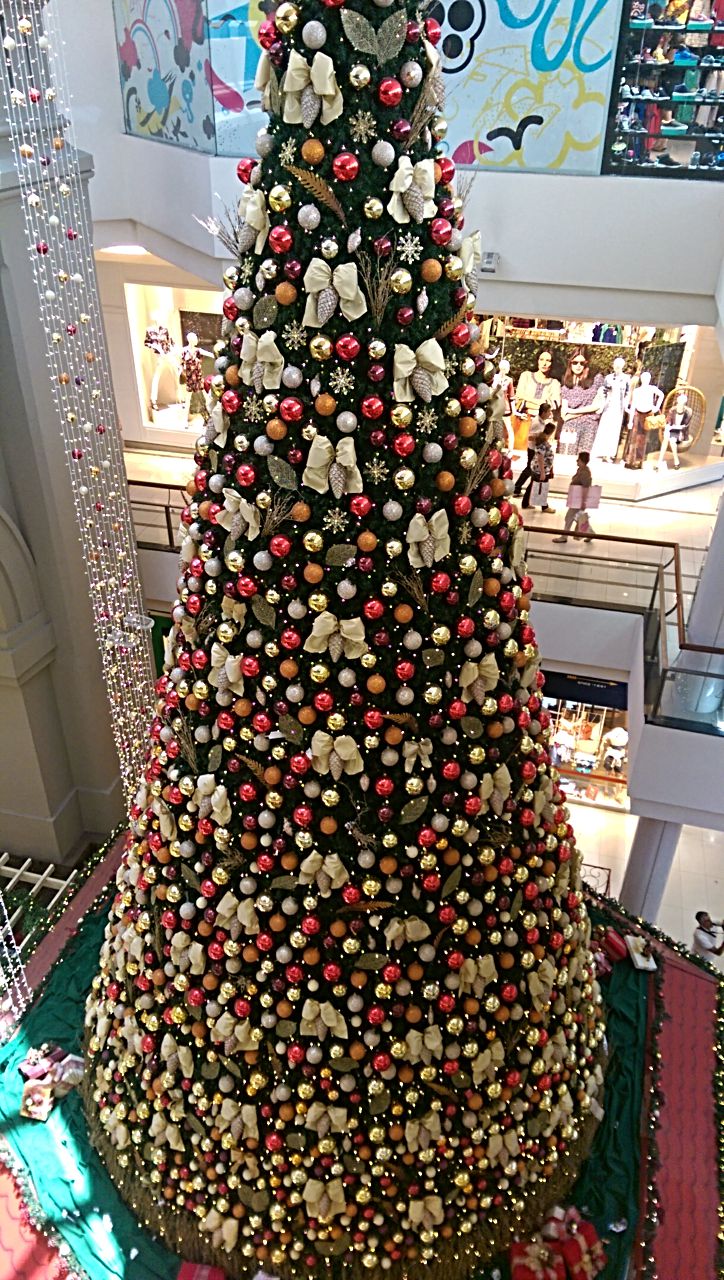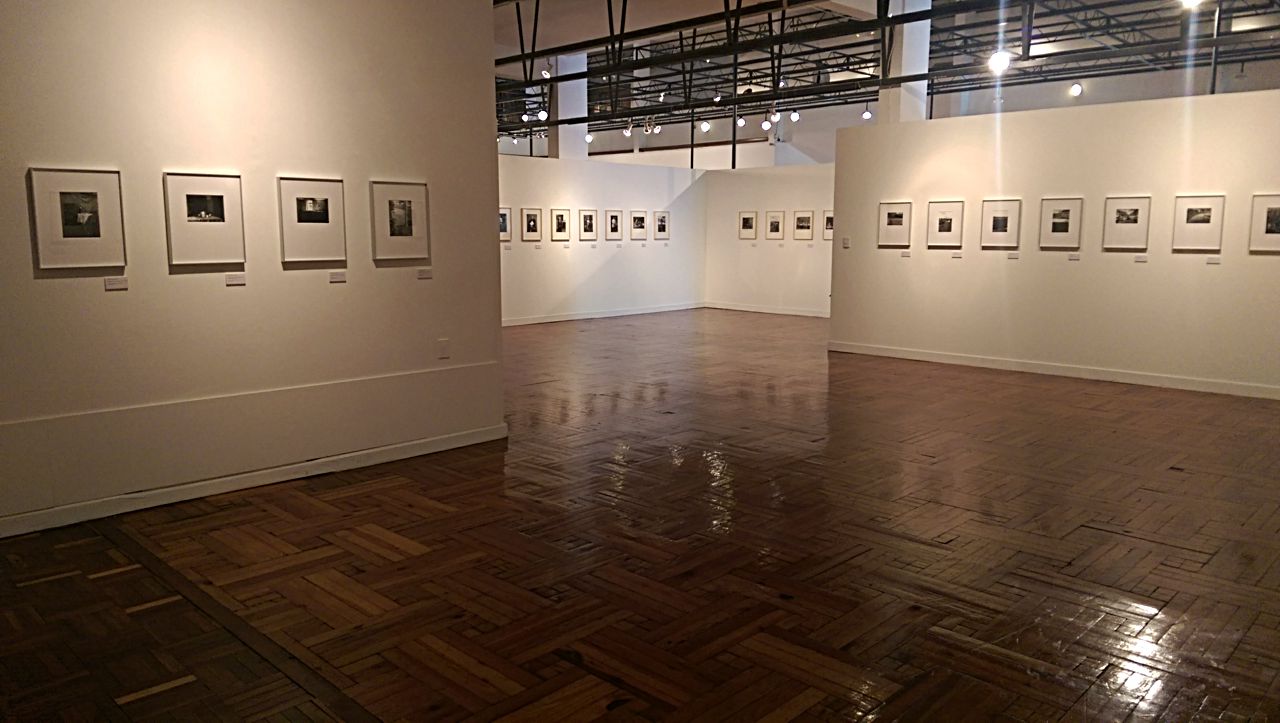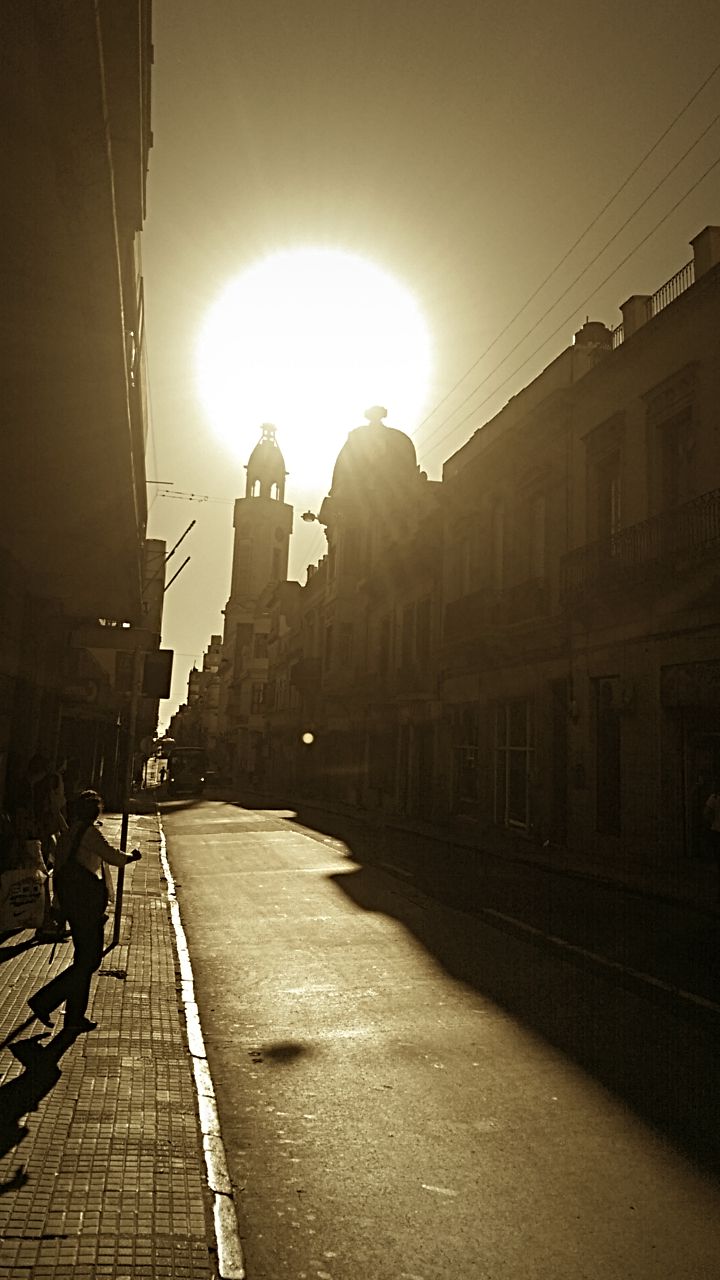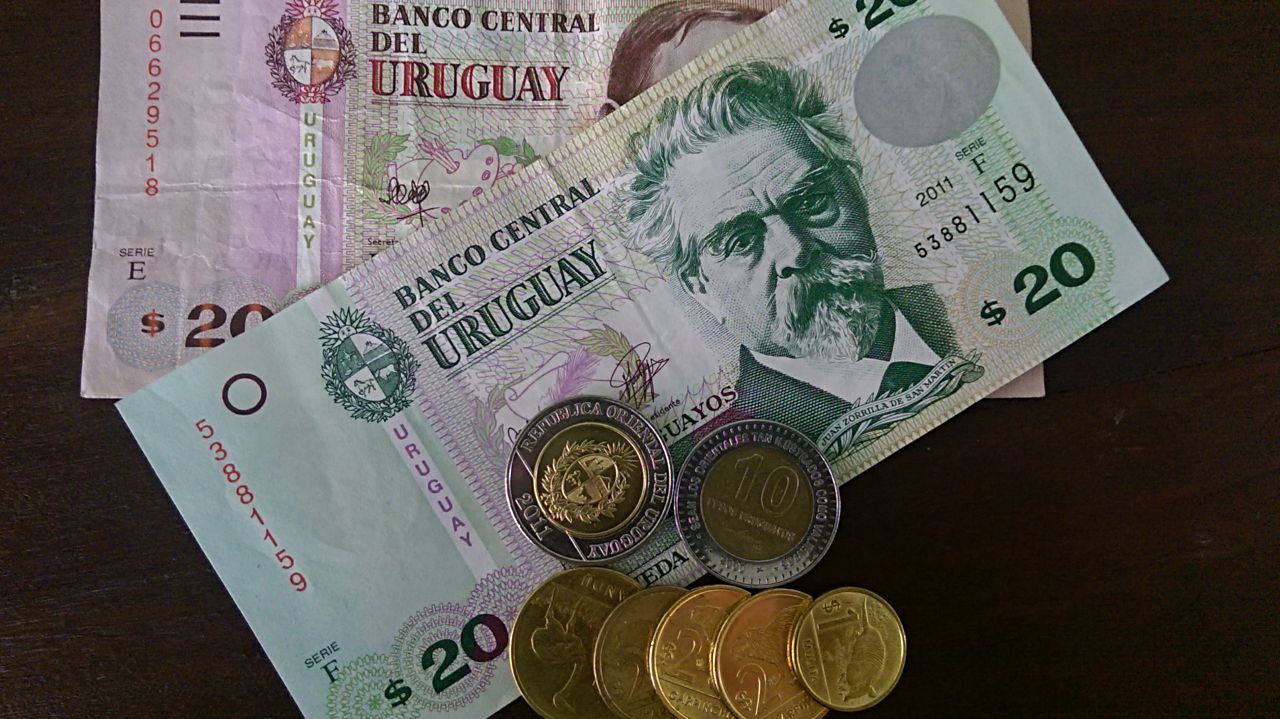Montevideo - Parrilla, Beaches and Mate
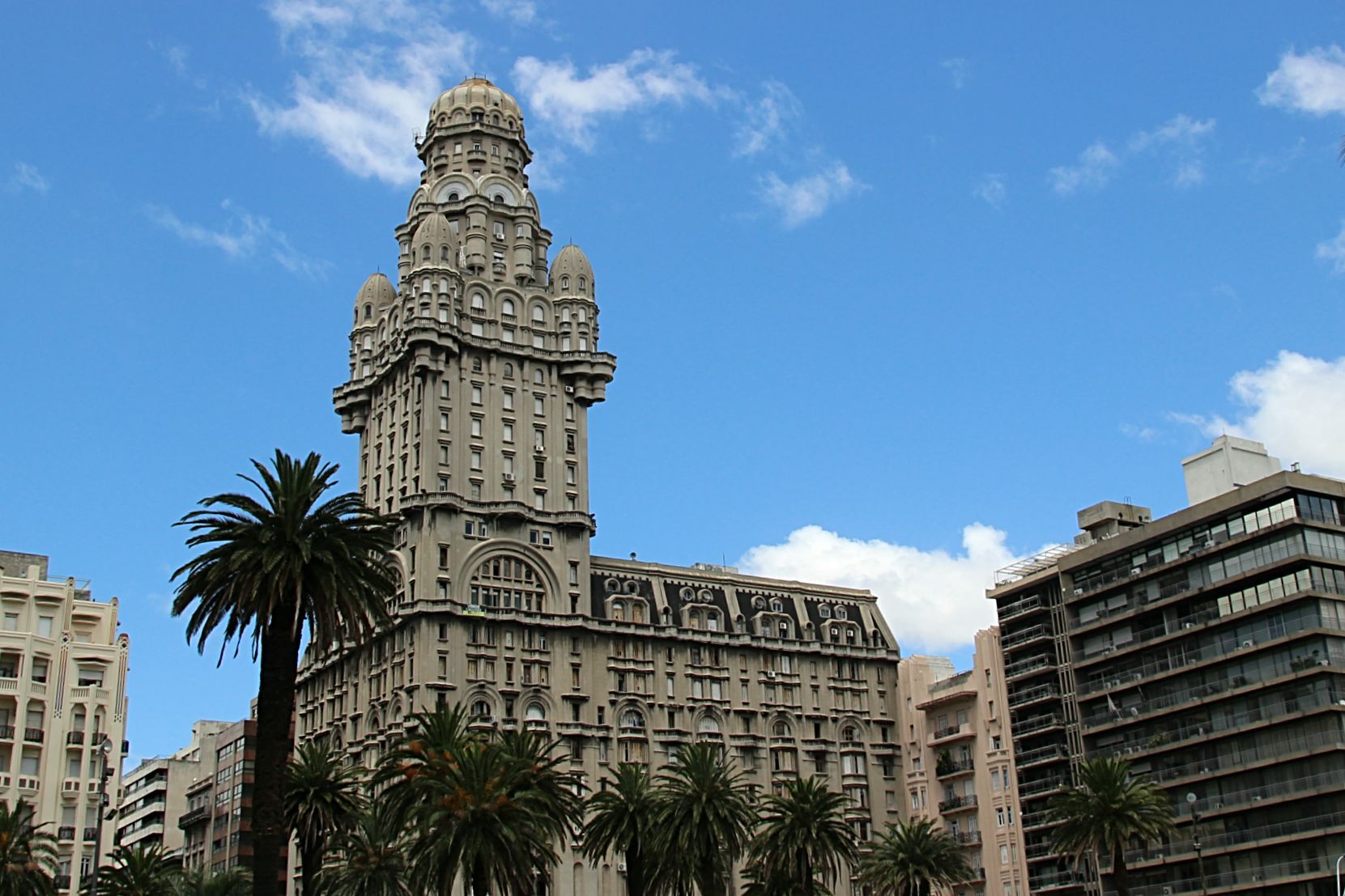
Montevideo reveals itself more and more. The foremost white map of the city gets filled with pictures, faces and memories.
There are a lot of good things happening in this city: The people are relaxed and friendly, the general pace of life is much slower as you would expect of a city of this size, the weather and location are enviable and the quality of life is very high.
That being said, it has also to be noted that there is not only sunshine: There is still poverty, the infrastructure is old, public transportation is less than optimal, and so on.
Montevideo is the capitol of Uruguay, the second smallest country (geographically) in South America. The city has around 1.3 million inhabitants and is situated on the southern coast of the country, which is more or less dominated by the Pampa (which extends from Central Argentina via Uruguay to South Brazil). It lies at the Río de la Plata, which feels more like an ocean, the other bank being approximately 100 km South. It's by far the largest city in Uruguay, which is home to 3.3 million people, but it is very compact and it is hard to get lost.
The general life in Montevideo is similar to those of European cities. Buses are crowded during rush hour and during midday you see lots of office workers in the Old City, although most of the stores have a Siesta from one to five. There is a thrilling night life and also lots of cultural events happening. For a South American city it is very safe, only parts outside of the city should be avoided by tourists. The weather is warm all year round. Because it is located in the southern hemisphere summer is from December to March and winter is from June to September, the summers being hot, and the winters being relatively cold (which means temperatures of around five degrees, my host has no memory whatsoever of snow in Montevideo). The weather can change within very short periods of time, rainfall can be followed by sunshine and temperatures of up to 30°C (all this happening within an hour). Near the water there is a almost a constant fierce wind blowing, I was being told that this is due to the fact that the Pampa has no natural barriers to slow the wind. The city itself stretches for many kilometers at the beautiful river. The bay being the center of the city, where on the South the Old City (Ciudad Viaja) and in the North the Cerro the Montevideo is located. The Rambla, a more than 15 km long Avenue, connects the Old City with several districts lying at the river to the East, e.g. Parque Rodó, Punta Carretas, Pocitos, Punta Gorda up to Carrasco. Within the city center there is the dominant Avenida 18 de Julio which connects the Old City with Parque Battle where the Estadio Centenario is located, the stadion, the city, and the nation were host to the first ever FIFA world cup in 1930.
Spending more than two weeks here, there is no possiblity to not fall in love with the city. As already said, the people are relaxed and friendly. Uruguayans love the beach, so every day you will see lots of people strolling at the Rambla, drinking mate tea, doing sports, walking their dogs or just relaxing. You can see whole families pulling up with cars at the rambla, putting out there camping gear and enjoying the sunset with a thermos flask of mate and of course a bombilla (a kind of mug to drink mate). The beaches are beautiful and they are a place to meet. If you're not at the beach you are able to eat yourself through Montevideo. The sheer amount of Parrilla restaurants (Parrilla is the local term for BBQ) is amazing. So easily you can get amazing Asado or sausages (Salchichas or Chorizo) or Chivito (filet mignon with lots of toppings). Uruguay is also a wine producer, and Tannat is one of its signature wines. But there are also lots of sweets: Churros, Alfajores and of course Dulce de Leche. I don't have to mention that there are Churros filled with Dulce the Leche, simply amazing! When you don't spend your day at the beach drinking mate or at one of the Parrillas you can enjoy a lot of culture (museums, theaters, tango, and so on). Another big part of daily life in Montevideo are markets (ferias), almost every day you can find one... they sell everything from clothes, antiguedas, arts and craft up to books. Put all that together with amazing neighborhoods like Pocitos (where my host lives) or Punta Carretas and you get the Montevidean life style.
But, the high costs of living shocked me. My host described it as living in a second world country, but paying the prices of a first world country. The price level is amazing and in certain aspects higher as in Germany. I wonder all the time how people here manage to pay their bills. The basic things are cheap: milk, bread and so on (there are no taxes on those). Bus rides are also cheap ($URU 23 ~ 0,80 € per ride). Everything else, clothes, drinks, sanitary products, you name it, is expensive!
But nevertheless its been an incredible time here, so thank you and goodbye Montevideo!
